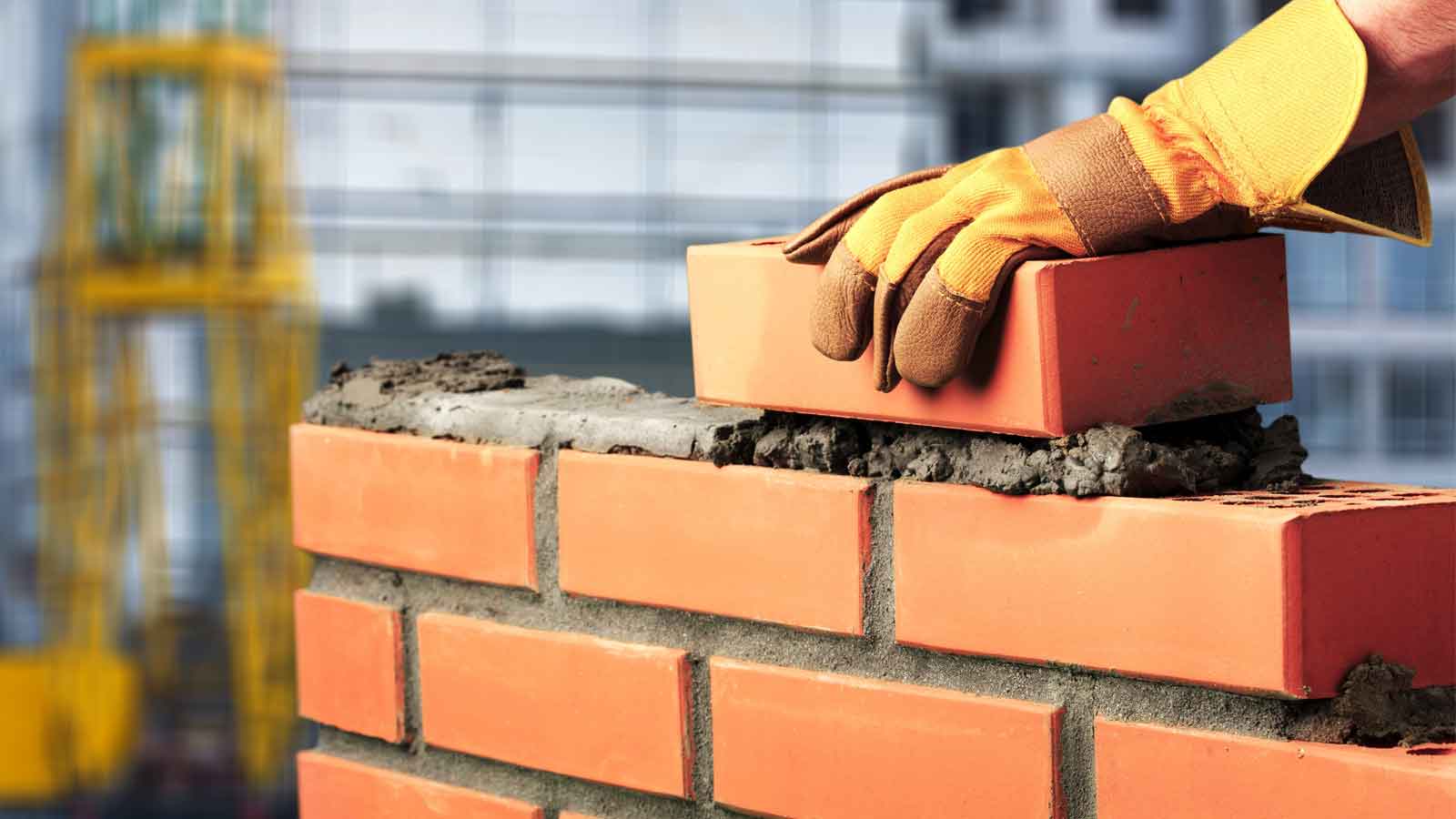Chimney Flashing and Cap Repair: Secure Your Home from Aspects
Wiki Article
Unlocking the Secrets of Sustainable Stonework Building And Construction Practices for Eco-Friendly Structures
Amongst the myriad strategies to environment-friendly building, sustainable stonework building stands out as a reliable and long lasting method that holds a riches of untapped potential. From the choice of materials to ingenious building and construction methods, the keys to achieving sustainability within stonework construction are complex and interesting.Benefits of Sustainable Masonry Construction
Embracing lasting stonework building and construction techniques not just lowers ecological influence yet additionally supplies lasting financial benefits to building contractors and areas. By using products like recycled bricks, obstructs, and rocks, home builders can dramatically reduce the carbon footprint of their projects while advertising resource efficiency. Furthermore, lasting masonry building and construction strategies, such as proper insulation and thermal mass homes, can improve energy efficiency within buildings, resulting in reduced functional expenses in time.Moreover, the resilience and resilience of stonework structures add to lasting economic benefits. Structures constructed making use of lasting masonry techniques typically require much less repair and maintenance, translating to set you back savings for building contractors and residential or commercial property proprietors. The longevity of stonework materials additionally makes sure that structures stay stable and safe, reducing the demand for frequent improvements or replacements.
Eco-Friendly Stonework Products
Making use of eco-friendly masonry products is a critical action towards improving the sustainability of construction methods and decreasing environmental influence while making the most of long-lasting financial advantages. Lasting stonework materials are sourced, created, and made use of in a fashion that decreases general ecological impact. Materials such as recycled bricks, redeemed rock, and sustainable concrete blocks are ending up being significantly preferred choices for eco-conscious builders. Recycled bricks, as an example, not just draw away waste from landfills however additionally call for much less power to produce compared to brand-new blocks. Redeemed rock supplies an unique aesthetic appeal while decreasing the requirement for new quarrying. Sustainable concrete obstructs include recycled aggregates and may feature improved insulation buildings, adding to power performance in structures.In addition, all-natural products like adobe, rammed earth, and straw bales give superb thermal mass buildings, minimizing the requirement for heating and cooling down energy. These materials are frequently in your area offered, promoting local economic climates and decreasing transportation-related carbon exhausts. By choosing environmentally friendly masonry products, building jobs can significantly minimize their environmental impact and add to the production of healthier, extra sustainable constructed atmospheres.
Energy-Efficient Stonework Techniques
Energy efficiency plays a crucial role in improving the sustainability of masonry construction methods. One crucial energy-efficient stonework strategy is the usage of thermal mass, which involves incorporating dense materials like concrete or brick right into the structure's framework to soak up and save heat.
Advancements in Lasting Stonework
Recent advancements in lasting masonry techniques have produced ingenious techniques that are improving the building industry. One such technology is the advancement of self-healing concrete, which makes use of germs embedded within the concrete to recover cracks autonomously. This innovation not only reduces upkeep prices but additionally enhances the resilience of stonework structures, adding to their sustainability.
Another notable advancement is using recycled accumulations in masonry building - masonry contractor. By incorporating materials such as crushed ceramic waste or recycled glass into concrete mixes, contractors can lower the environmental effect of construction jobs while keeping architectural integrity. This method not just draws away waste from landfills however additionally conserves natural sources, making it a key improvement in lasting stonework construction
Moreover, the assimilation of digital design tools, such as Structure Information Modeling (BIM), is transforming the method stonework frameworks are intended and constructed. BIM permits more specific calculations, decreased material waste, and boosted energy effectiveness, eventually causing even more lasting structure practices. These advancements jointly indicate an appealing future for lasting stonework building and construction in the era of environment-friendly structures.
Future Trends in Stonework Sustainability
With the cutting-edge strides made in lasting stonework techniques, the future trends in masonry sustainability are poised to further revolutionize the construction industry. One of the key fads shaping the future of masonry sustainability is the enhanced integration of technology. Developments such as Building Information Modeling (BIM) and digital fact simulations are being made use of to optimize stonework construction processes, resulting in reduced material waste and boosted power effectiveness in buildings.In addition, the growth of novel sustainable products is set to play a substantial function in improving the eco-friendliness of masonry building and construction. masonry contractor. Innovations like self-healing concrete, recycled aggregates, and bio-based binders are getting traction for their ability to decrease ecological effect while maintaining architectural stability

Conclusion
In conclusion, sustainable masonry building and construction practices use numerous advantages for environmentally friendly structures. masonry contractor. Developments in sustainable stonework are continually being developed to even more enhance the environmental performance of structures.Report this wiki page